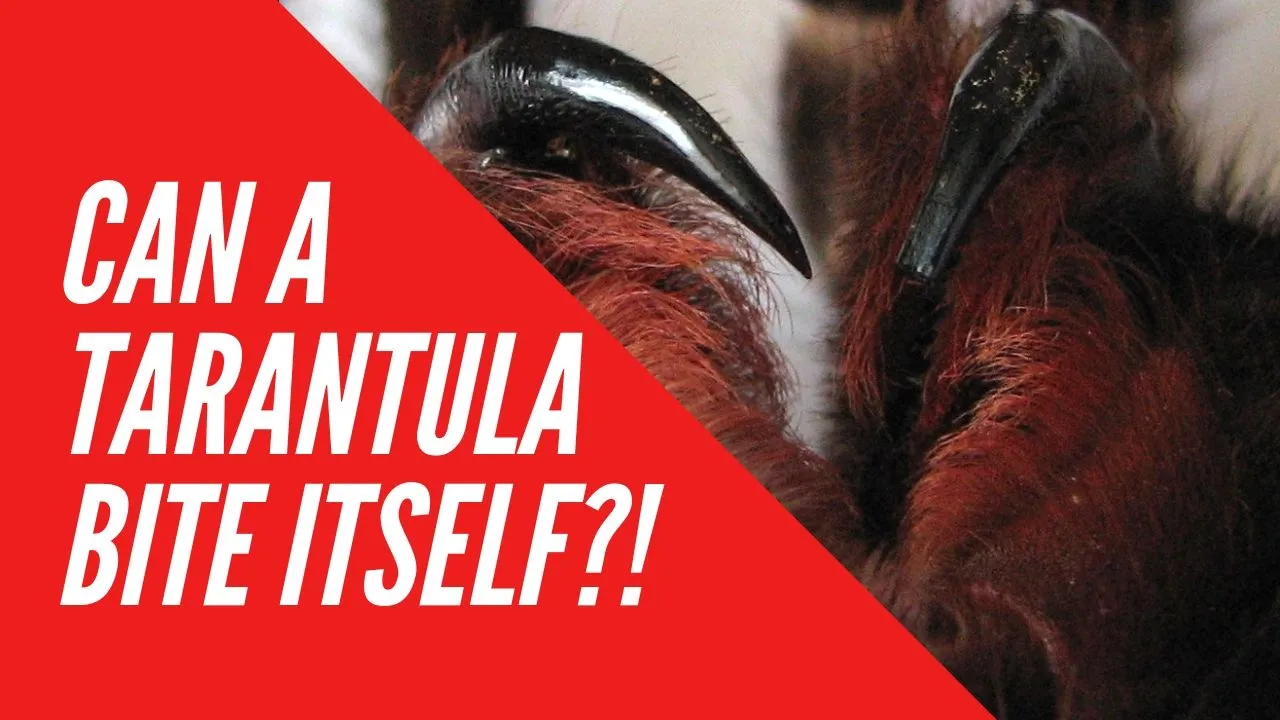Encountering a tarantula can be a thrilling experience, but it also comes with the potential for a bite. If you’re wondering, “is a tarantula bite painful?” you’re not alone. The answer, as with many things in nature, isn’t a simple yes or no. Several factors determine the pain level, from the spider’s size and species to your individual sensitivity. This article will delve into the realities of a tarantula bite, covering what makes it painful, the symptoms you might experience, and what to do if you are bitten.
What Makes a Tarantula Bite Painful?
The pain associated with a tarantula bite is not just a matter of the spider’s fangs. Several elements contribute to the sensation, which can range from a minor sting to more significant discomfort. Understanding these factors is crucial to managing your expectations and knowing how to react if a bite occurs. Let’s explore the key elements that influence the pain of a tarantula bite.
The Tarantula’s Fangs
Tarantulas, like all spiders, use fangs (chelicerae) to inject venom into their prey. These fangs vary in size depending on the species, with larger tarantulas possessing larger fangs. The size of the fangs can influence the depth and severity of the bite. The physical trauma from the fangs penetrating the skin is the first source of pain. Think of it like a small puncture wound, which can cause immediate discomfort and possibly bleeding.
Venom Composition and Effects

The venom of a tarantula isn’t typically considered highly toxic to humans, but it does contain various enzymes and compounds. These can cause localized pain, inflammation, and other minor symptoms. The specific composition of the venom can vary between species, leading to differences in the intensity and type of symptoms experienced. Some people may be more sensitive to certain components of the venom than others, which can influence the overall experience.
Severity of the Bite
The severity of a tarantula bite can depend on factors such as the size of the tarantula, the amount of venom injected, and the location of the bite. A bite from a larger tarantula might be more painful simply because of the physical trauma from its larger fangs. The location of the bite on your body can also influence the sensation; bites on more sensitive areas, such as the face or fingers, may feel more painful.
Factors Influencing Pain Perception
The pain experienced from a tarantula bite isn’t solely determined by the spider itself. Your individual characteristics and the circumstances surrounding the bite also play a significant role. Several factors influence how you perceive pain, influencing the overall experience. These variables impact the intensity and duration of the discomfort.
Individual Pain Tolerance

Everyone’s pain tolerance differs. Some individuals naturally have a higher threshold for pain than others. This means that the same bite might feel significantly more painful to one person than to another. Factors like age, gender, and overall health can influence your pain tolerance. Your past experiences with pain can also affect your perception of a tarantula bite.
The Tarantula Species
Different tarantula species possess varying venom compositions, which can lead to differences in pain levels and symptoms. Some species are known to have relatively mild venom, while others may cause more noticeable reactions. Furthermore, the temperament of the tarantula can influence the bite. Defensive species are more likely to bite if they feel threatened, while more docile species may try other means of defense first. Researching the specific species you encounter is essential to understanding potential risks.
Location of the Bite
The location of the bite can influence how painful it feels. Bites on sensitive areas, such as the fingers, face, or areas with a high concentration of nerve endings, are likely to be more painful. Bites on areas with more muscle and tissue may feel less intense. The location can also affect the severity of any swelling or inflammation that occurs.
Symptoms and What to Expect

Knowing what to expect after a tarantula bite is essential for proper care and peace of mind. While most bites are not life-threatening, understanding the potential symptoms can help you assess the situation and seek medical attention if needed. Here’s what you can anticipate following a tarantula bite.
Immediate Pain and Discomfort
The most immediate symptom of a tarantula bite is pain. This pain can range from a mild sting to a more intense throbbing sensation, depending on the factors discussed earlier. The pain usually subsides within a few hours, but it may linger longer in some cases. This initial discomfort is usually a result of the physical trauma from the fangs and the initial reaction to the venom.
Localized Symptoms
The most common symptoms occur around the bite site. These may include redness, swelling, and itching. In some cases, you might notice a small puncture wound where the fangs entered the skin. These symptoms are typically localized and may last for several hours or a few days. If the symptoms worsen or spread, it’s essential to seek medical attention.
Systemic Reactions

Systemic reactions, though rare, can occur after a tarantula bite. These may include muscle cramps, nausea, and, in extremely rare cases, more severe allergic reactions. If you experience any systemic symptoms, seek immediate medical attention. Most bites, however, result only in localized symptoms.
First Aid and Treatment
Knowing the appropriate first aid measures can help manage the discomfort and prevent further complications if you are bitten by a tarantula. Following these simple steps can help ensure a quicker recovery. Always prioritize seeking professional medical advice if the symptoms are severe or concerning.
Washing the Bite Area
The first step is to clean the bite area thoroughly with soap and water. This helps to remove any remaining venom and reduce the risk of infection. Gently wash the area and avoid harsh scrubbing, as this could cause further irritation. Rinse the area thoroughly and pat it dry with a clean cloth.
Applying Cold Compresses

Applying a cold compress or an ice pack to the bite site can help reduce pain, swelling, and inflammation. Apply the cold compress for 10-15 minutes at a time, several times a day. Make sure to wrap the ice pack in a cloth to prevent direct contact with the skin. This simple measure can significantly ease discomfort and help the body heal faster.
Seeking Medical Attention
If you experience severe symptoms such as difficulty breathing, chest pain, or widespread swelling, seek immediate medical attention. Also, consult a healthcare professional if the bite area shows signs of infection, such as increased redness, warmth, or pus. Medical professionals can provide appropriate treatment and care, ensuring the best possible outcome. Do not hesitate to seek help when needed.
Preventing Tarantula Bites
The best way to avoid pain and potential health risks from a tarantula bite is to prevent it from happening in the first place. Taking necessary precautions and understanding tarantula behavior will significantly reduce your risk. Implementing these steps will help keep you safe around these fascinating creatures.
Safe Handling Practices

If you’re a tarantula enthusiast or need to handle a tarantula for any reason, always practice safe handling. Avoid handling tarantulas unless necessary. If you must handle them, wear gloves to protect your skin and reduce the risk of a bite. Handle them over a soft surface, such as a table or bed, to prevent injury if the tarantula falls. Be gentle and avoid sudden movements that could startle the spider.
Understanding Tarantula Behavior
Understanding tarantula behavior can help you avoid situations that might lead to a bite. Tarantulas are generally not aggressive and prefer to escape rather than fight. However, they may bite if they feel threatened or provoked. Learn to recognize signs of stress in a tarantula, such as rearing up or flicking hairs from its abdomen. Give the tarantula space and avoid sudden movements if you observe these behaviors. Educate yourself about the specific species you encounter to better understand its temperament and potential for biting.
In conclusion, while a tarantula bite can be painful, it is not usually life-threatening. Understanding the factors that influence the pain and knowing what to do in case of a bite can help you manage the situation effectively. By following safe handling practices and respecting the behavior of these amazing creatures, you can minimize the risk of a bite and enjoy the fascinating world of tarantulas. Always seek medical attention if you experience severe symptoms or have concerns about a bite.
